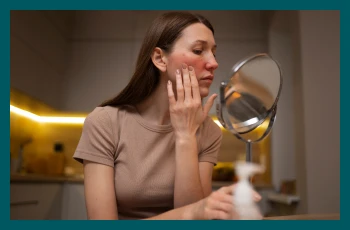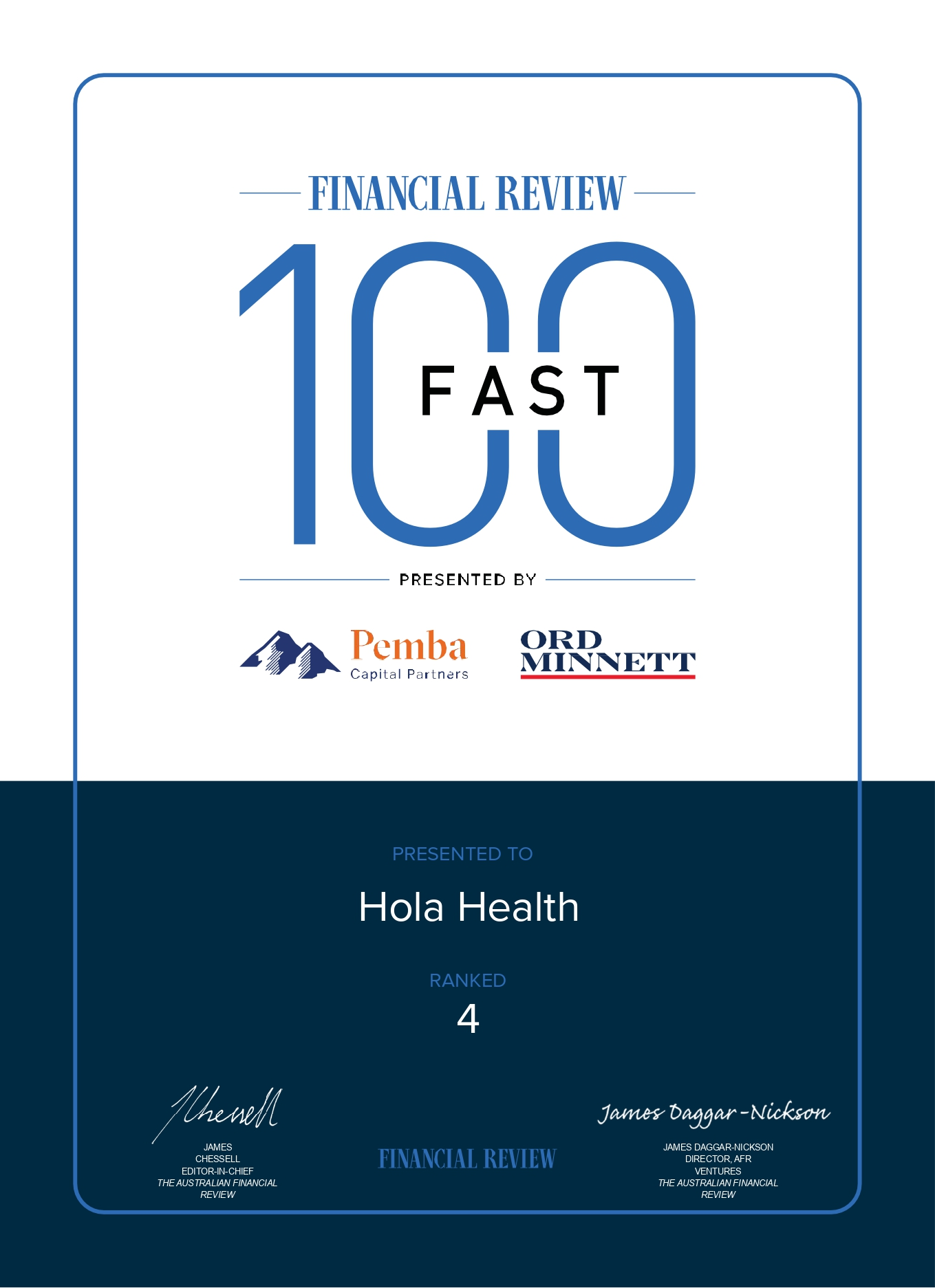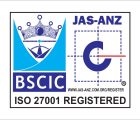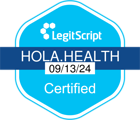- Home
- /
- Health Conditions
- /
- Burns
Burns Treatment
Consult a licensed health practitioner regarding burns, get medical advice within minutes from anywhere in Australia, 24/7.
About burns
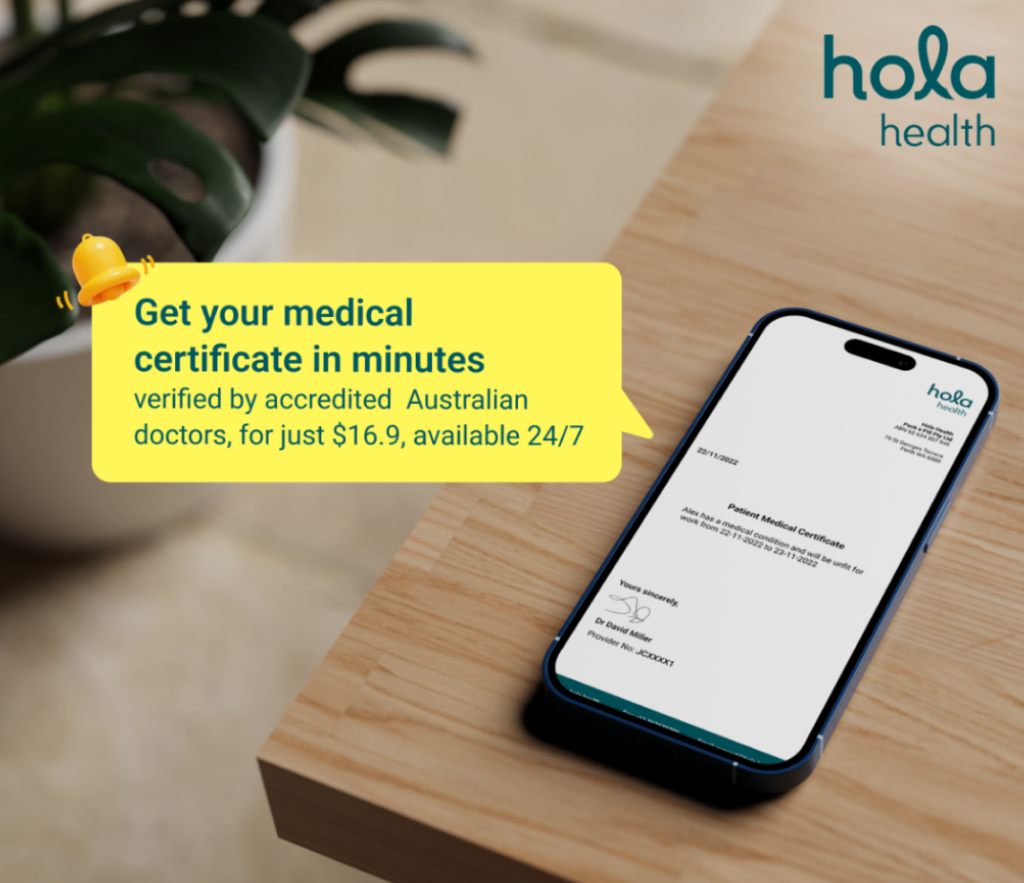
Medically reviewed by Dr. Ammar AL-ANI, MBChB, CCBST, AMC
When to consult a doctor for burns?
You should see a doctor for burns in the following situations:
- Severe burns: If the burn is deep, covers a large area of the body, or involves critical areas like the face, hands, feet, or genitals.
- Third-degree burns: If the burn appears white, charred, or leathery and affects all layers of the skin.
- Signs of infection: If the burn site shows signs of infection such as increased redness, swelling, pus, or fever.
- Chemical burns: For burns caused by chemicals.
- Electrical burns: Burns from electrical sources can cause internal injuries.
- Pain management: If the burn causes significant pain that cannot be controlled.
- Burns in vulnerable individuals: Children, the elderly, or individuals with weakened immune systems.
What are the symptoms of burns?
The symptoms of burns vary depending on the severity, but common signs include:
- Redness: Affected skin may turn red or pink, especially with first-degree burns.
- Pain: Burns often cause pain at the site, which can range from mild discomfort to intense throbbing, particularly with second-degree burns.
- Swelling: The skin may swell, especially with second-degree burns, as the skin’s protective barrier is compromised.
- Blisters: Second-degree burns may cause the skin to blister, which can break open and lead to fluid leakage.
- Peeling skin: As first-degree burns heal, the skin may peel or flake off.
- Charred skin: With third-degree burns, the skin may appear white, charred, or leathery, and may lose sensation due to nerve damage.
- Oozing fluid: Fluid-filled blisters or weeping skin may occur, particularly in second-degree burns.
- Shock symptoms: In severe cases, such as with large third-degree burns, symptoms of shock such as rapid heartbeat, shallow breathing, fainting, or confusion may appear.
What are the types of burns?
There are three main types of burns, classified based on their severity and the layers of skin affected:
- First-degree burns (Superficial burns):
- Affect only the outer layer of skin.
- Symptoms: Redness, mild swelling, pain, and sometimes peeling.
- Common causes: Sunburn, mild scalds, or brief contact with hot objects.
- Treatment: Usually treated at home with cool water, aloe vera, or medicated creams
- Second-degree burns (Partial thickness burns):
- Affect both the epidermis and the underlying layer.
- Symptoms: Blisters, severe pain, redness, and swelling.
- Common causes: Scalding liquids, contact with hot objects, or brief exposure to flames.
- Treatment: May require medical attention, especially if large or in sensitive areas. Blisters should not be popped to prevent infection.
- Third-degree burns (Full thickness burns):
- Affect all layers of the skin and may extend into deeper tissues, including muscles, bones, and nerves.
- Symptoms: White, blackened, or charred skin, and loss of sensation due to nerve damage.
- Common causes: Prolonged exposure to fire, hot liquids, chemicals, or electricity.
- Treatment: Requires immediate emergency medical attention.
What are the complications of burns?
Burns can lead to several complications, especially if not properly treated or if they are severe. Some common complications include:
- Infection: Burned skin is more susceptible to infections, as it loses its protective barrier.
- Scarring and disfigurement: Severe burns can result in permanent scarring, which may cause functional or cosmetic issues.
- Shock: Extensive burns, particularly third-degree burns, can cause a significant loss of fluids, leading to shock, characterised by low blood pressure, rapid pulse, and organ dysfunction.
- Dehydration: Burns can cause fluid loss, leading to dehydration.
- Loss of function: If burns affect joints or muscles, they can result in restricted movement, stiffness, or the loss of function.
- Respiratory issues: Inhalation burns (from smoke or hot air) can cause damage to the lungs, leading to difficulty breathing, bronchial damage, or long-term respiratory issues.
- Hypothermia: Extensive burns can impair the body’s ability to regulate temperature, leading to a risk of hypothermia.
- Kidney damage: In severe cases, burn injuries can cause kidney problems, particularly if a large amount of tissue is damaged and proteins from the destroyed tissue enter the bloodstream.
- Mental health issues: Severe burns can lead to emotional and psychological issues, including post-traumatic stress disorder (PTSD), depression, and anxiety.
What are some home remedies for burns?
Here are some home remedies for treating mild burns:
- Cool water: Immediately run the burn under cool (not cold) water for 10-20 minutes to reduce heat and prevent further skin damage.
- Aloe vera: Aloe vera gel has soothing, anti-inflammatory, and healing properties. Apply fresh aloe vera gel to the burn to reduce pain and speed up healing.
- Honey: Natural honey has natural antibacterial and anti-inflammatory properties. It can help prevent infection and soothe the burn. Apply a thin layer of natural honey to the affected area.
- Coconut oil: Coconut oil can moisturise the skin and promote healing. Gently massage a small amount onto the burn after it cools.
- Lavender oil: Lavender essential oil has calming and healing properties. Dilute a few drops with a carrier oil (like coconut or olive oil) and apply it to the burn to promote healing and reduce pain.
- Cold compress: Apply a cold compress or a clean, damp cloth to the burn to reduce pain, swelling, and heat. Ensure the cloth is not too cold, as extreme cold can worsen the injury.
- Tea bags: Soak a chamomile or black tea bag in cool water and apply it to the burn.
- Oatmeal: For minor burns, an oatmeal bath can help reduce irritation. Add ground oatmeal to lukewarm water and soak the affected area.
- Cucumber: Cucumber has a cooling effect and can help soothe mild burns. Place cool cucumber slices or cucumber gel on the burnt skin for relief.
Note: These remedies are for minor burns only (first-degree burns or small second-degree burns). For more severe burns, especially those involving large areas, deep tissue, face, eyes, hands, feet, genitalia, or burns caused by chemicals or electricity, seek immediate medical attention.
How can I speak to a telehealth doctor using Hola Health?
Will I get an online script using telehealth?
What type of referrals can I get using telehealth services?
Telehealth doctors can provide referrals for a range of services, including:
- Specialist referrals
- Pathology tests
- Blood tests
- Radiology scans
Can I get access to an online doctor late at night or on weekends?
How can I get a medical certificate online?
Request medical certificates from qualified practitioners from the comfort of your home with Hola Health:
- Choose your certificate type
- Fill in your details along with Medicare information and make the payment.
- An AHPRA-accredited telehealth doctor or health practitioner will review your request or speak to you over a short instant consult within 15 minutes.
- If approved, you might receive your online medical certificate mailed to your registered email address.
How can we help?
Connect with an AHPRA registered practitioner anytime, anywhere in Australia. Hola Health lets you speak with an online doctor 24/7, even after hours, on weekends and public holidays.
- Valid medical certificate online: Need a medical certificate for work or university? Request one in minutes without leaving home.
- Fast instant scripts in Australia: Request prescriptions online and receive your eScript via SMS within 15 minutes.
- Telehealth appointment anytime: Speak to an online GP for general health concerns, mental health support, medication advice, and more.
- Instant online doctor referrals: Access quick GP referrals to specialists, blood tests, pathology tests and radiology tests.
- Mental Health Care Plans available: If you’re eligible, get a bulk-billed online Mental Health Care Plan from home with an online doctor consultation.
- Pharmacy delivery: Order prescriptions and have your medications delivered fast from an online chemist delivery in Australia.
Talk to a doctor today
Instantly connect to a registered practitioner within 15 minutes from anywhere in Australia, 24/7 for:
- General consults
- New & repeat scripts
- Referrals
- Medical certificates
- Mental health plans
Access telehealth services
Doctors Brisbane | Doctors Melbourne | Doctors Perth | Doctors Sydney | Doctors near me | Doctors Canberra | Doctors Adelaide | Doctors Darwin | Doctors Hobart
After hours Doctor Brisbane | After hours Doctor Melbourne | After hours Doctor Perth | After hours Doctor Sydney | After hours Doctor Hobart | After hours Doctor Gold Coast | After hours Doctor Canberra | After hours Doctor Adelaide | After hours Doctor Darwin | After hours GP | After hours doctor
Medical certificate | Medical certificate online for work | Medical certificate for school | Medical certificate for Uni | Medical certificate for stress | Carer’s leave certificate | Medical certificate NSW | Medical certificate QLD | Medical certificate VIC | Medical certificate WA | Doctors certificate online | Multi-day Certificate | Sick certificate online | GP medical certificate | Doctors note | Telehealth medical certificate | 2-day medical certificate | Medical certificate for sick leave
Instant scripts | eScript | Online prescriptions | Online prescriptions Sydney | Online prescriptions Melbourne | Online prescriptions Perth | Online prescriptions Brisbane | Online Rx prescription
Online referrals | Blood test referral | X-Ray referral | Pathology referral | Radiology referral | Specialist referral | Gynaecologist referral | Audiology referral | Ophthalmologist referral | Paediatrician referral | Ent specialist referral | Endocrinologist referral | Dermatologist referral | Urologist referral | Gastroenterologist referral
Telehealth appointment | Online Doctor | Bulk Billing Doctors | Doctors on-demand | Instant consult | Covid antiviral | Dial a Doctor | Online GP | Doctor appointment | Bulk-billing doctors | Telehealth pricing | GP online chat | Australian doctor | Web doctor | Home doctor | 24-hour doctor




